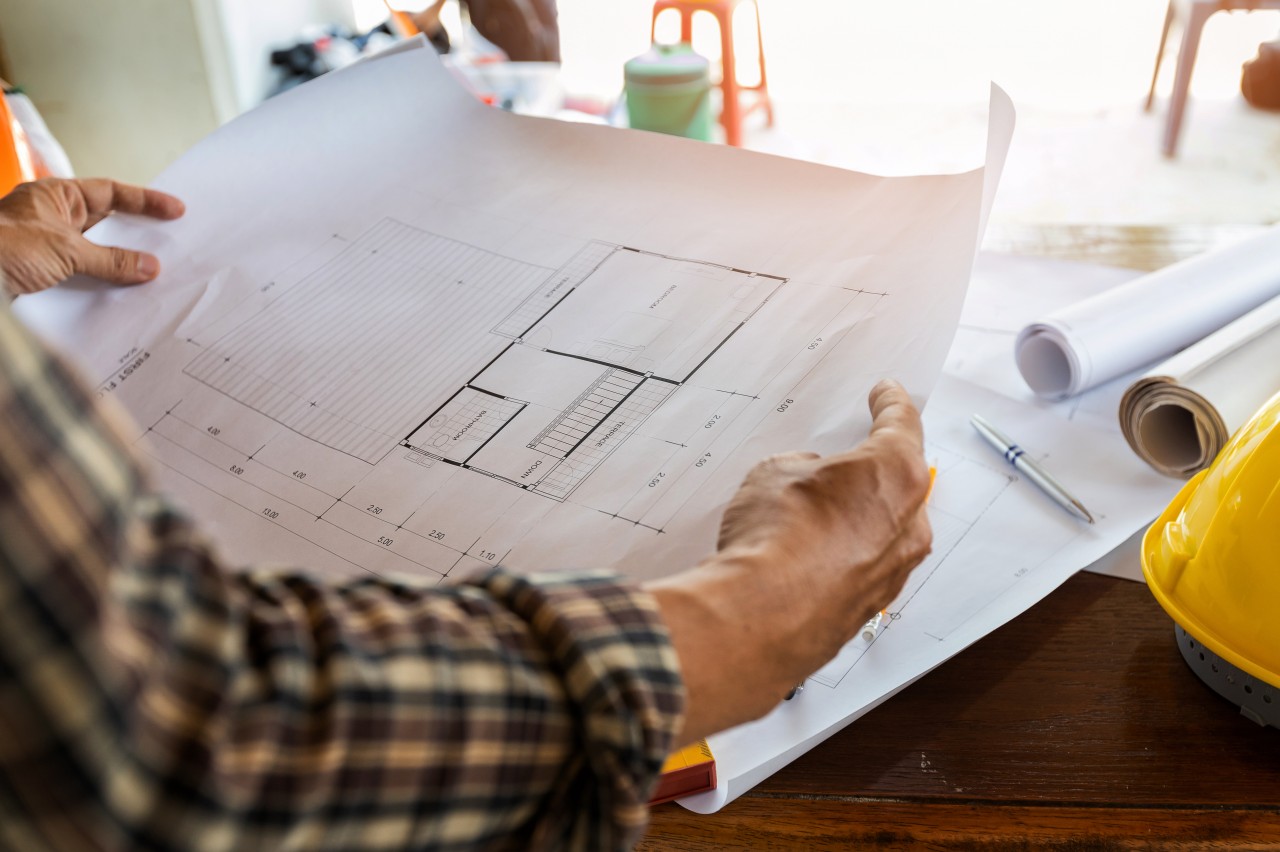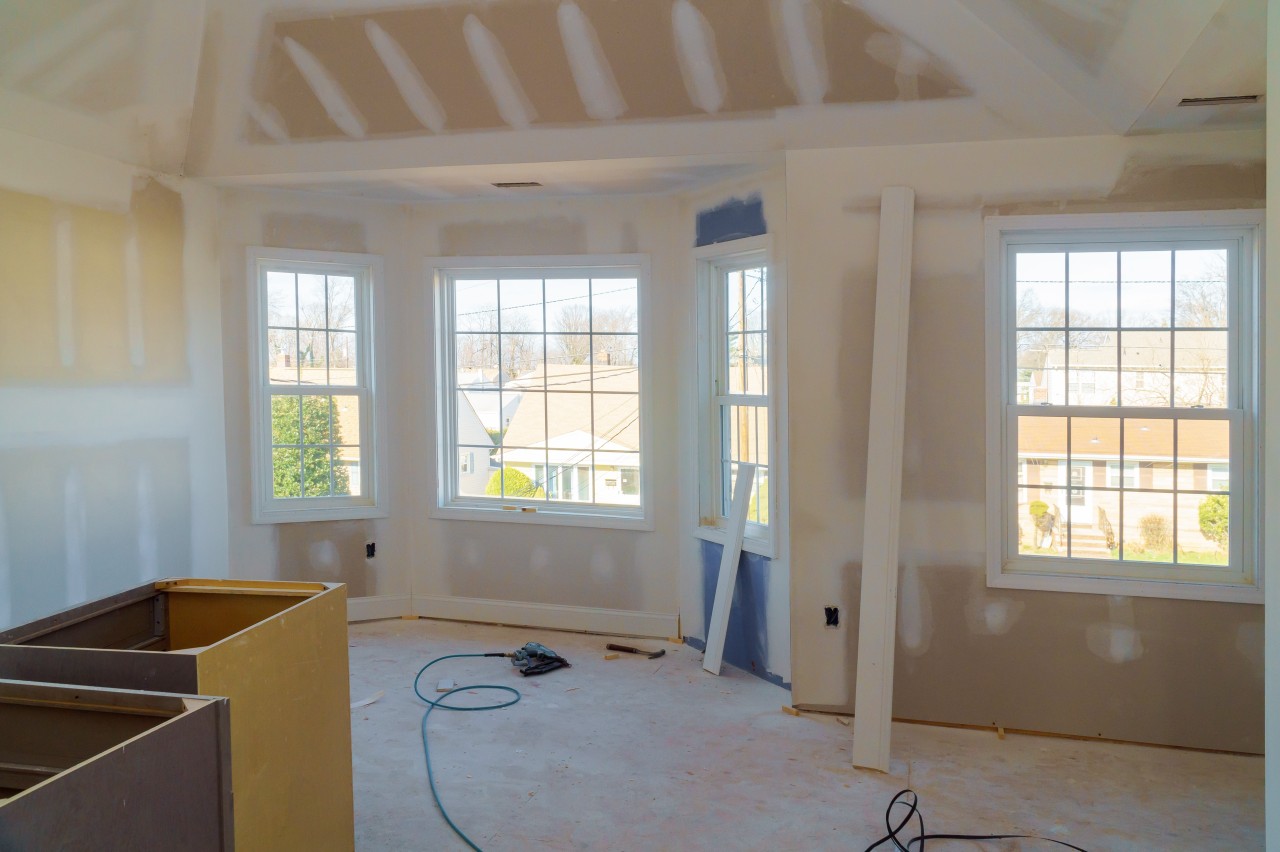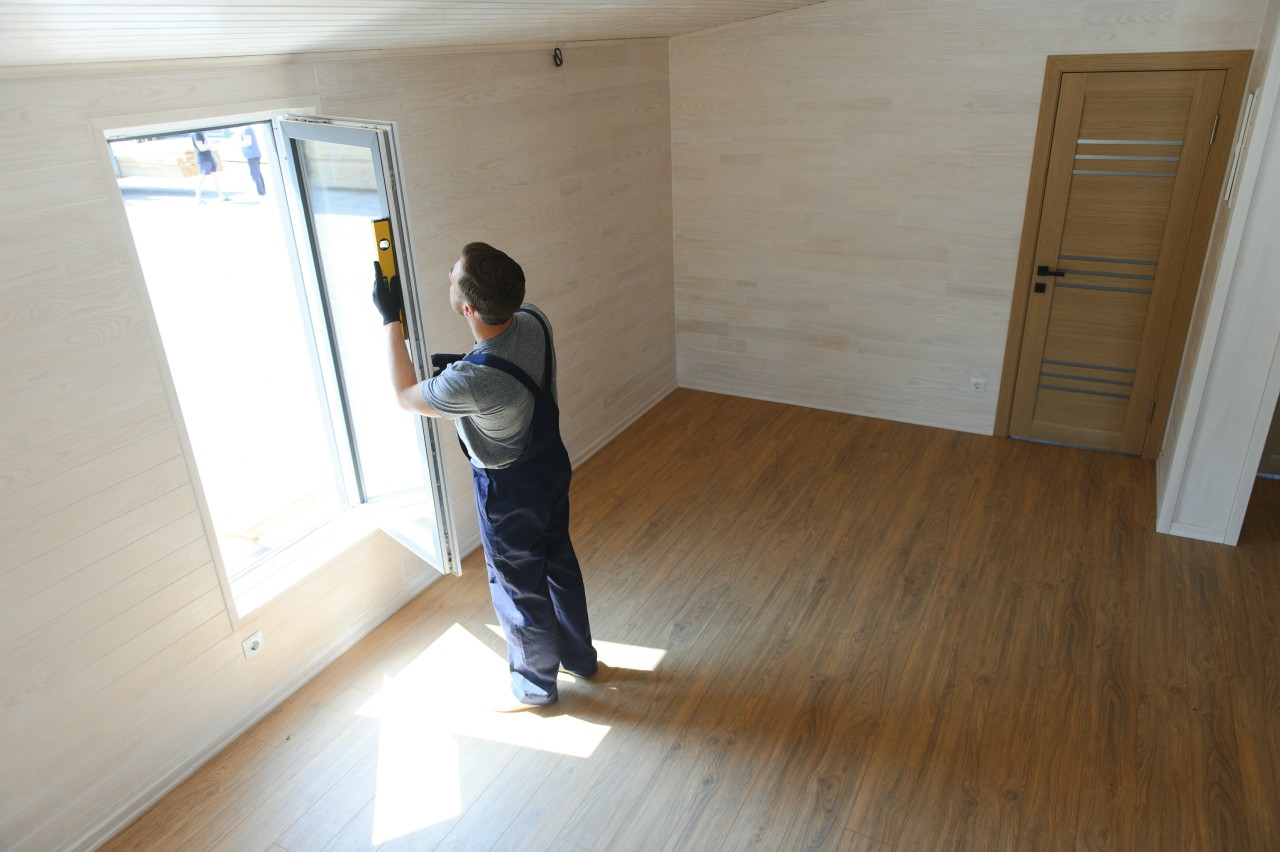Planning a home addition is both exciting and practical. Whether you’re expanding a living area, converting unused space, or building an entirely new structure, understanding the typical timeline is essential. Homeowners often ask: how long will it actually take from start to finish?
While every home and project is different, there are patterns to how these projects unfold. From the first consultation to the final inspection, each step comes with its own timeframe—and potential delays.
This article outlines the key phases, what affects timing, and how homeowners can prepare for a smoother experience.
What Determines the Duration of a Home Addition?
Several factors shape the length of time it takes to complete a home addition. The main ones include:
- Size and type of addition – Larger or more complex projects naturally take longer to build.
- Design complexity – More customization or design revisions can extend the planning stage.
- Permitting requirements – Each city or county has its own process, and turnaround times can vary.
- Site conditions – Access, slope, and existing structure influence how quickly work can progress.
- Contractor availability – Coordination among different trades may add time depending on scheduling.
- Seasonal factors – While areas like San Diego benefit from generally stable weather, occasional rain or heat waves may still affect pacing.
Identifying these early helps avoid surprises once the work begins.
Timelines for Different Types of Home Additions

Expanding a Room
Adding square footage to a kitchen, bedroom, or living space is one of the more straightforward projects. It involves modifying the home’s exterior footprint and often requires foundation work, framing, electrical, and HVAC adjustments.
General timeframe: Around 3 to 5 months, depending on finishes and scope.
Building an ADU
Accessory dwelling units (ADUs) have gained popularity across Southern California, particularly in cities like San Diego where space is limited. These projects function like self-contained living spaces, complete with bathrooms and kitchens.
General timeframe: 6 to 12 months, including permitting and utility coordination.
Adding a Second Story
A second-story addition is structurally complex and can significantly alter the existing home’s layout. It typically requires engineering assessments and a well-coordinated construction plan.
General timeframe: Between 6 and 10 months, sometimes more if the foundation requires reinforcement.
Garage and Attic Conversions
Converting existing space into usable rooms involves fewer structural changes but still includes insulation, plumbing (if needed), electrical work, and finishes.
General timeframe: 2 to 4 months, depending on current conditions and intended use.
Phases of a Home Addition Project
Understanding each stage of a home addition can provide a clearer sense of how time is distributed throughout the project.

1. Planning and Design (Up to 8 Weeks)
This phase starts with initial consultations, goal setting, and early concept designs. For San Diego-based homeowners working with a firm like Optimal Home Remodeling & Design, this step also involves zoning checks and feasibility assessments based on local codes.
Once the basic design is agreed upon, detailed architectural plans and construction drawings are created.
2. Permitting and Approvals (4–12 Weeks)
After design finalization, plans are submitted for review. The length of this step depends on your local city’s permitting office and the complexity of the addition. In regions with high demand, like greater San Diego, timelines can stretch if revisions are required.
Tip: Submitting complete and accurate documentation from the start helps avoid back-and-forth delays.
3. Site Prep and Scheduling (2–4 Weeks)
Once permits are approved, your contractor arranges the schedule, sources materials, and preps the job site. This may include demolishing existing structures, rerouting utilities, or clearing the space.
A well-organized pre-construction phase lays the groundwork for a more efficient build.
4. Construction (8–24+ Weeks)
This is the phase most visible to homeowners. Construction typically includes:
- Framing and structural work
- Roofing and exterior finishes
- Plumbing, HVAC, and electrical installations
- Insulation, drywall, and paint
- Flooring and cabinetry
The time required here varies widely. A simple room extension may take 2–3 months, while ADUs and multi-level additions can extend beyond 6 months.
5. Final Inspection and Completion (1–3 Weeks)
After construction, your contractor arranges inspections with the city. Once approved, any remaining touch-ups are completed and the space is handed over ready for use.
Factors That Can Affect Your Timeline
Even the most carefully planned additions can face delays. Here are common causes:
- Design changes after work begins – Reworking approved plans can slow down progress significantly.
- Supply chain delays – Custom finishes or imported materials may require extended lead times.
- Weather disruptions – Rain or excessive heat can affect outdoor work and material installation.
- Unexpected structural issues – Older homes may reveal hidden problems during demolition.
Keeping open lines of communication with your contractor helps manage expectations if issues arise.

Keeping Your Project on Schedule
While not everything is within your control, a few steps can help keep your home addition on track:
- Plan ahead – Start consultations and design discussions early to leave room for permitting.
- Make selections early – Choosing finishes, fixtures, and materials in advance can prevent supply delays.
- Work with an integrated team – A design-build approach often leads to smoother coordination between design and construction phases.
- Set realistic expectations – Avoid aiming for rushed deadlines that compromise quality or compliance.
Staying flexible while making timely decisions is often the best formula for an efficient build.
Regional Considerations for San Diego
In most parts of San Diego, building projects move along without much weather-related disruption. The climate is mild year-round, which helps avoid the kinds of delays you’d get in colder or wetter regions.
Still, where you live in the city can matter. Homes near the coastline might need extra reviews. Same goes for hillside areas or properties near protected zones. Things like environmental checks or historical overlays can come into play.
These added steps don’t always slow things down, but they can if you’re not prepared. A contractor who knows the local process can usually handle them without issue. That kind of familiarity saves time—and avoids surprises.
Conclusion
The timeline for a home addition can range from a few months to a year depending on scope, site conditions, and design complexity. While there’s no one-size-fits-all schedule, understanding the steps involved helps homeowners plan effectively.
With thoughtful preparation, clear communication, and experienced professionals, your home addition project can move forward with confidence.





